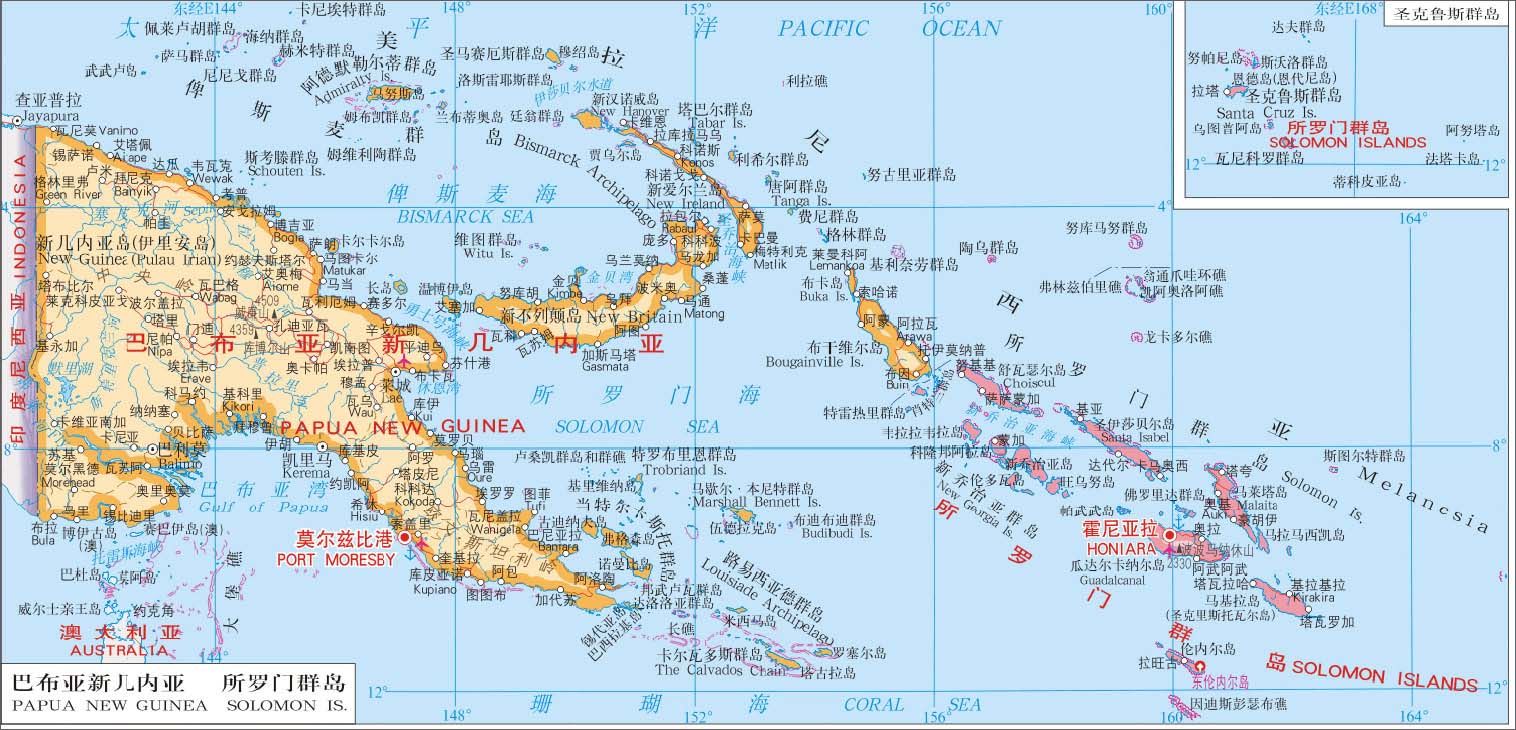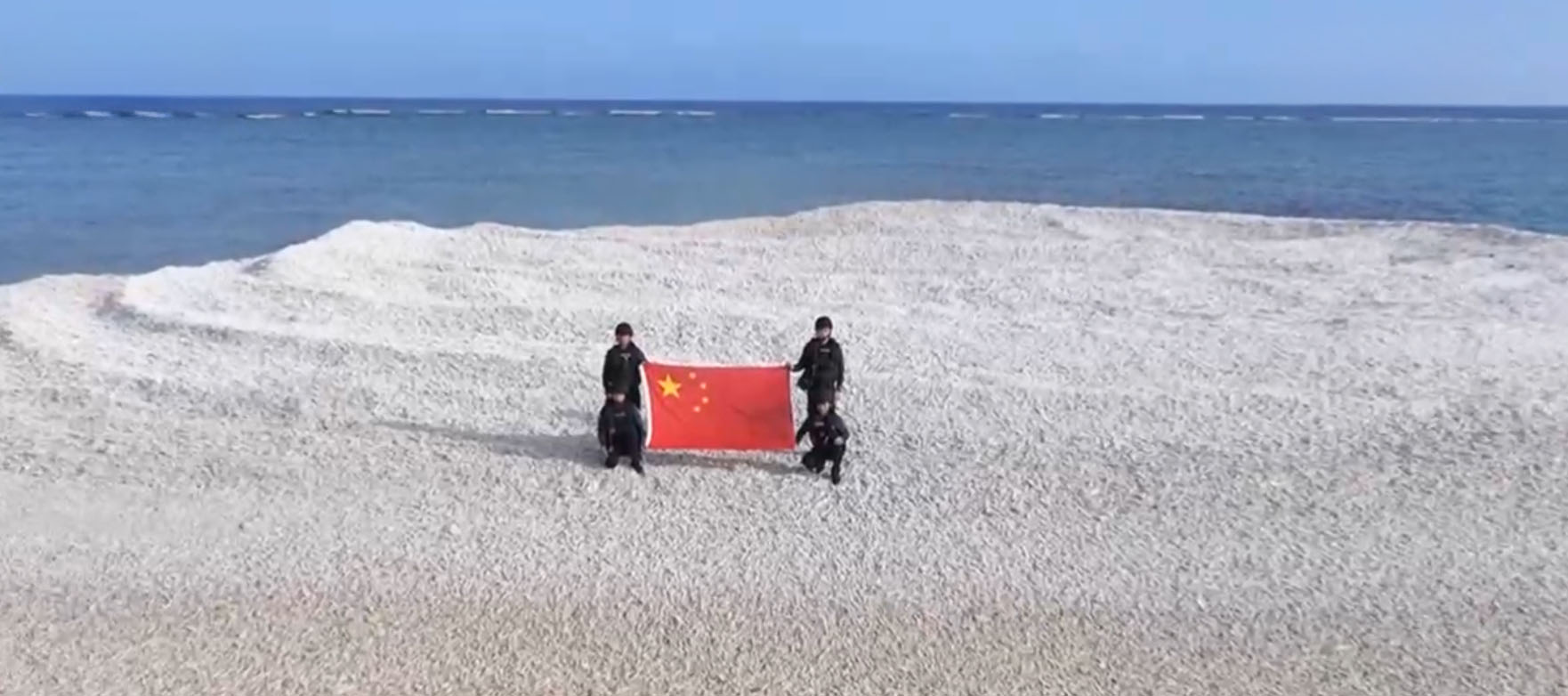by Martin Haffner Associate Editor
In an increasingly interconnected world, cultural exchange plays a pivotal role in fostering understanding and cooperation among nations. One region where this exchange has blossomed is the Pacific Islands, where countries are engaging with China in meaningful and artistic ways. This dynamic relationship not only highlights the rich cultural heritage of the Pacific Island nations but also showcases Chinese artistic traditions, paving the way for deeper mutual appreciation and collaboration.
A Tapestry of Cultures
The Pacific Islands, comprising numerous distinct nations and cultures, are known for their vibrant traditions, including dance, music, visual arts, and storytelling. These nations, each with their own unique identities, share a collective history of colonialism, resilience, and cultural pride. As they connect with China, a country with its own ancient and diverse cultural heritage, the stage is set for a powerful dialogue through the arts.
In recent years, Chinese artists, musicians, and performers have increasingly collaborated with their counterparts in the Pacific Islands, leading to a fusion of artistic expressions. These partnerships have generated new works that draw on both cultural legacies, creating a rich tapestry of artistic innovation.
Festivals and Performances
Cultural festivals have become a key medium for these exchanges. Events such as the China-Pacific Islands Arts Festival showcase the talents of artists from both regions, allowing them to perform, exhibit, and collaborate. These festivals serve as platforms where traditional dances, contemporary music, and visual arts from China and Pacific Island countries intertwine, creating a cultural synergy that captivates audiences.
During these festivals, Pacific Island artists perform traditional dances such as the Samoan siva or the Fijian meke, often accompanied by Chinese instruments like the erhu and pipa. This cross-cultural collaboration not only provides audiences with unique artistic experiences but also fosters a sense of community and shared identity among participants from different backgrounds.
Artistic Residencies and Workshops
In addition to festivals, artistic residencies and workshops have become vital in promoting cultural exchange. Chinese artists are invited to the Pacific Islands to collaborate with local creators, sharing techniques and gaining insights into the unique artistic practices of the region. Conversely, Pacific Island artists are also welcomed to China, where they can immerse themselves in Chinese artistic traditions.
These workshops often focus on various art forms, including painting, sculpture, handicrafts, and textiles. For instance, a workshop might explore the intricate art of Chinese paper cutting alongside traditional Polynesian tattoo artistry, thus facilitating an exchange of skills and philosophies that enrich both art forms. Such interactions not only enhance individual artists but also contribute to the preservation and innovation of endangered traditional crafts.
Education and Capacity Building
The cultural exchange between China and the Pacific Islands is not limited to the artistic realm. It also extends to education and capacity building. Collaborative efforts include scholarships for Pacific Island students pursuing studies in China, particularly in the field of arts and culture. This initiative not only equips aspiring artists with skills and knowledge but also fosters long-term relationships and networks that can lead to sustained collaboration.
Chinese universities and cultural institutions are increasingly interested in Pacific Island culture and heritage, encouraging academic research and artistic projects. Through this educational partnership, both regions can learn from each other, fostering a deeper understanding of historical contexts and contemporary issues affecting their societies.
Navigating Challenges
While these exchanges have the potential to strengthen ties, they are not without challenges. Issues such as cultural appropriation and representation must be navigated carefully to ensure that all parties feel respected and valued. Open dialogue and sensitivity to the unique histories of each culture are essential.
Moreover, as geopolitical interests shape engagements in the Pacific, the focus must remain on genuine cultural appreciation rather than mere political maneuvering. Ensuring that exchanges are driven by artists and local communities rather than governments can help maintain authenticity and mutual respect.
The artistic bridge between China and the Pacific Island countries represents a hopeful vision for cross-cultural collaboration in today’s globalized world. As these artistic exchanges continue to flourish, they embody the potential for deeper understanding, respect, and shared creativity.
By celebrating their unique identities while embracing innovative collaborations, both Chinese and Pacific Island artists can contribute to a richer global cultural landscape. In this era of interdependence, fostering dialogue through art can serve as a powerful tool for peace and connection among diverse communities. Ultimately, the artistic bridge not only enhances cultural ties but also opens pathways toward a collaborative future where cultural differences are celebrated and respected.



